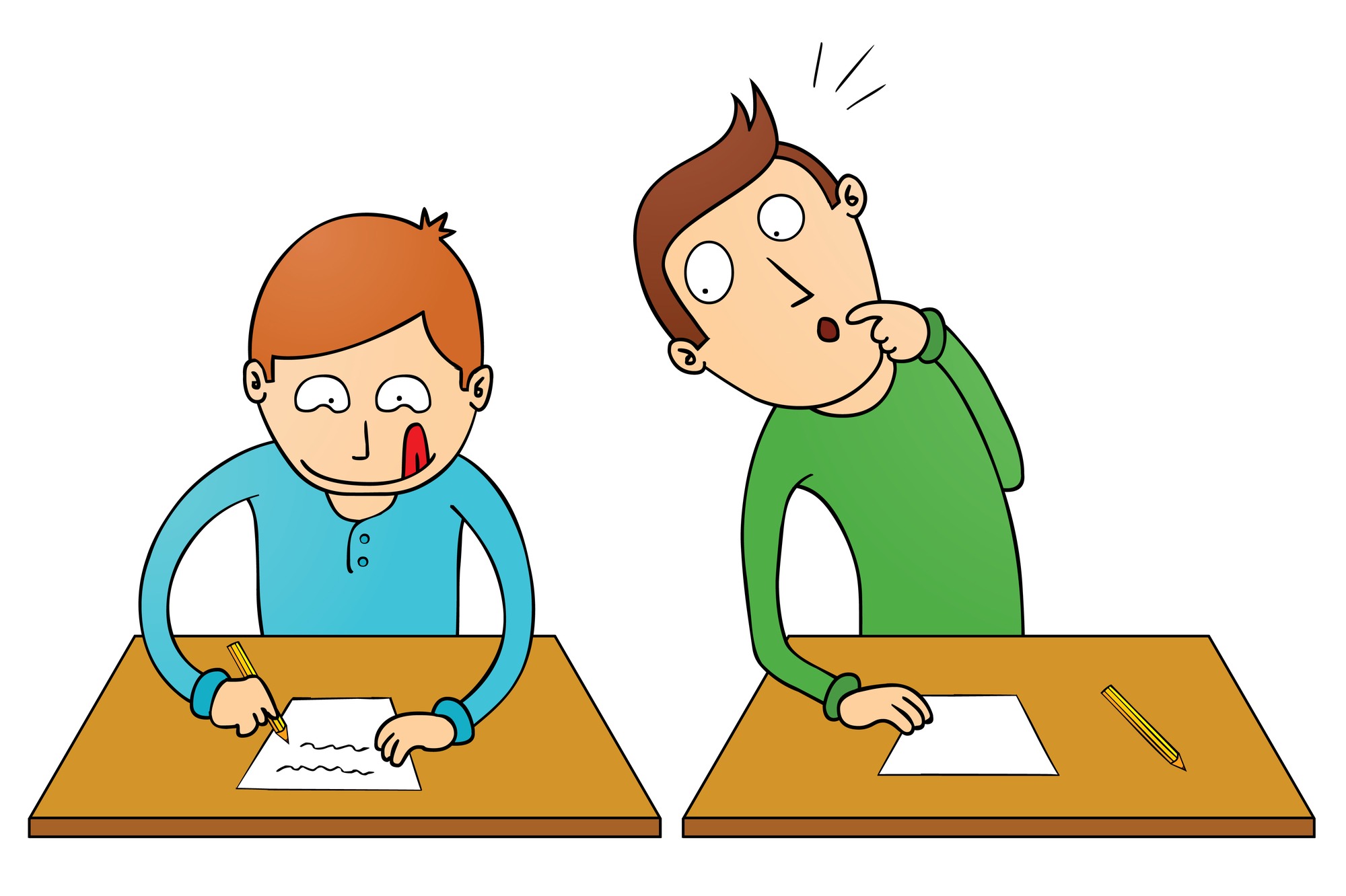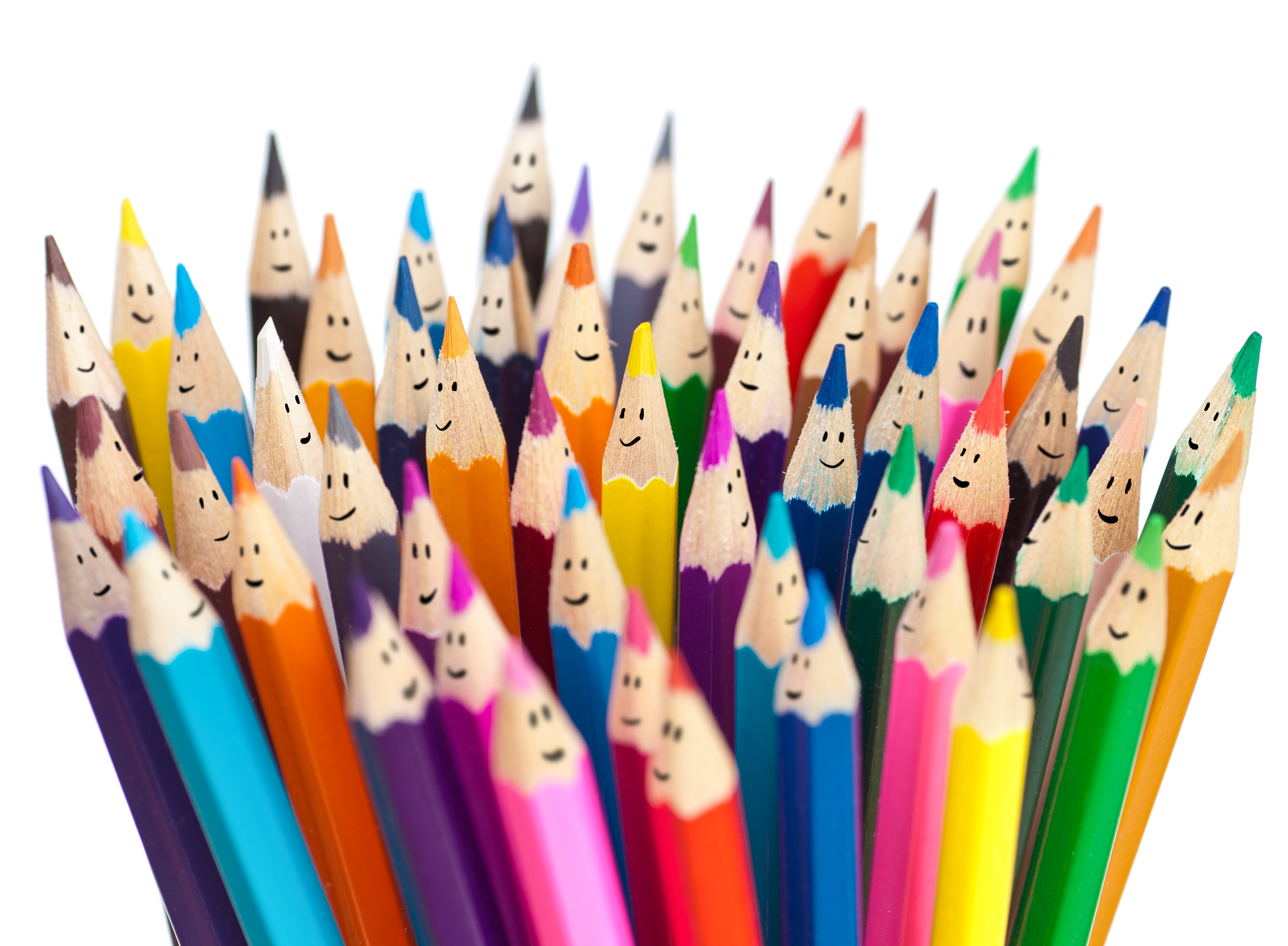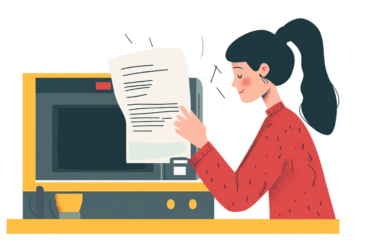
- Old (but not good) students collaboration
This is perhaps the most ancient cheating trend that remains alive and well. Collaboration is the number one reason why you can see identical wording and typos in several papers submitted by students. Doing assignments together or copying one’s paper is fast, reliable, and hardly costs any money. That is why students keep doing tasks together. In most cases, you can easily detect collaboration and tell every student that worked in a team. However, sometimes this basic way of cheating can require an investigation.
- Copy-pasting is still the way to go for many
If a student cannot copy the work of his or her mate, he or she can certainly replicate academic works available online. When we have Google on every cell phone, copy-pasting is even easier than collaboration. Plagiarizing does not require anyone’s consent, and cheating breaks all limits in the digital age. However, search engines can be a source of plagiarism as well as a tool to fight it. Even if you do not have any sophisticated anti-plagiarism software, you can check your student’s essay using Google search at any time. You are very likely to find some interesting coincidences.
- Essay mills are in bloom
This is perhaps the most ancient cheating trend that remains alive and well. Collaboration is the number one reason why you can see identical wording and typos in several papers submitted by students. Doing assignments together or copying one’s paper is fast, reliable, and hardly costs any money. That is why students keep doing tasks together. In most cases, you can easily detect collaboration and tell every student that worked in a team. However, sometimes this basic way of cheating can require an investigation.


- The international student community makes way for cheating
All over the US, academic institutions report that foreign students are caught plagiarizing papers much more often than US citizens. Apparently, English is a foreign language to many of them, and students struggle to perform well in such circumstances. While young Americans will think twice before buying a paper from a ghostwriter, an essay mill is quite acceptable for Asian or South American students. Do not suspect us of racism, though. US residents like cheating as well—only they will choose a different way to do it.
- Detrimental school practices ingrain plagiarism
Obviously, plagiarism is quite a problem in academia now, and is just as critical as it was before. But what fuels this flame of cheating which spreads fast? We would say the detrimental practices deeply rooted in our schools do that. We demand students to memorize texts from books and notes they take at lectures as if this is the only valuable knowledge we give. What matters most is the ability of students to apply their skills in practice. Perhaps, this will be one of reliable ways to check a student’s progress without making kids recite pages of theory.






